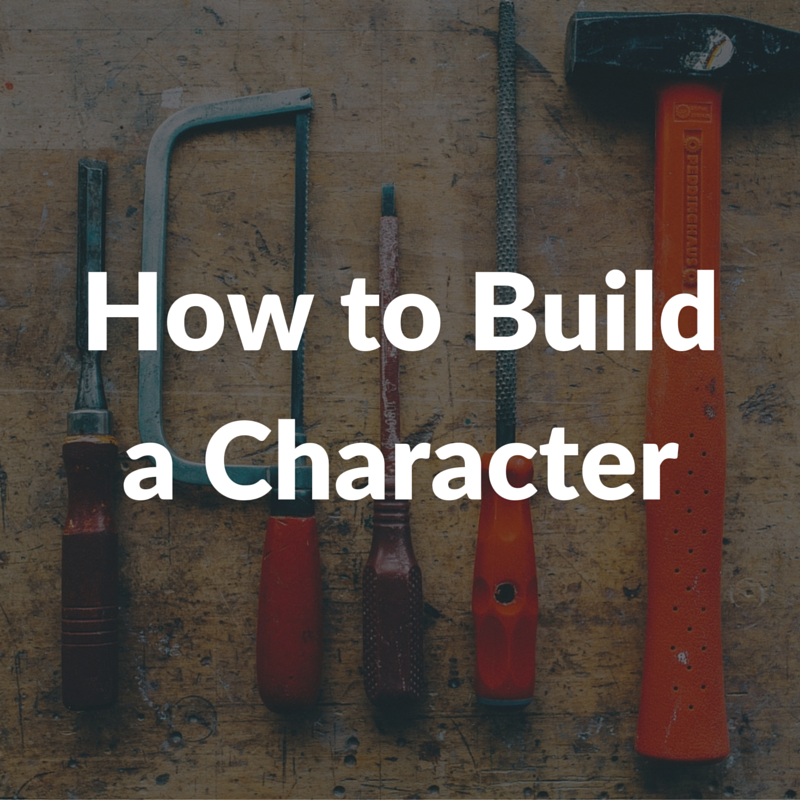Rejection.
The word connotes so many things to so many people.
Unrequited love, bad break-ups. Broken hearts, missed opportunities. Unattainable goals.
But to a writer, it means only one thing: someone has decided that your hard work and effort isn’t enough.
Ouch.
The good news is we’ve all been there. Show me a writer without a rejection and I’ll show you my three-headed monkey, Jacques, who does tricks for tequila shots.
Rejections come in all shapes and sizes. Most commonly for newbies, they are the purview of the dreaded SASE: the self-addressed stamped envelope that accompany every submission. Newbies fret about SASE’s. We fret about return addresses, postage, fonts. We fret about, well, anything and everything that might turn off a prospective agent or publisher.
The world of publishing can be a mystical place when you aren't familiar with the inner workings.
I’ve got news for you: sometimes, the rejection train continues through the station.
There are requests for partials that are rejected. Entire manuscripts that are rejected. There is an ongoing process of refusals and eliminations as a new writer searches for someone, anyone, who will say those magic words – “I’d like to represent you” and “Here’s your three-book, multi-million dollar pre-empt.”
Don’t forget that agents get rejections too. I imagine it’s just as hard for an agent who falls in love with a project and can’t place it. Just because you have an agent doesn’t mean that the train will never leave the station again.
And I know you’ve heard it. We’ve all heard it:
You aren’t a real writer until you get a rejection.
Okay, I’ll buy that. But I also believe you aren’t a real writer if a rejection stops you from continuing to write.
There is nothing like your first rejection. Your fifth isn’t any easier. The trick is – NEVER GIVE UP. Keep writing. Keep submitting. You must adapt and conquer. You can’t let a rejection derail your process.
When I finished my first book. I was cocky, arrogant, certain that it was the best book ever written. I sent out a ton of queries and received a ton of rejections. Ninety percent were form letters – and I sent a thank-you note in return to each one. Eight percent were directed to me and addressed the manuscript directly – also to which I sent thank-you notes. One percent were handwritten notes that really touched me – to which I sent thank-you notes. I figured that the least I could do was be polite, even if they weren’t. Gave me a sense of having the upper hand, left me in control.
Dumb, but effective.
There was one yes. I danced in my kitchen, tears running down my face. I called Hubby, who didn’t answer. I called my parents and did my Sally Field impression.
Hubby called back. He promptly Googled said agency (I married a practical man), and informed me said agency had issues. Like, possible Preditors and Editors issues. The more we looked, the less enticing the company seemed. Yes, they charged fees, but they were simple ones, copying, etc. No, they weren’t a member of AAR, but they had an application in. No, they wouldn’t let me see a list of writers they represented.
I hemmed and hawed and decided that as much as I wanted to have an agent, maybe they weren’t right for me.
They did one great thing, though.
They read the manuscript and told me, flat out, that while the writing was great, there was nothing in the story that set it apart from the rest of the market.
Major ouch.
Once I got over the sting, I had to admit they were right. I was reading voraciously then, getting into new writers and series. I realized that nope, I wasn’t the greatest.
But I could work hard and try to be the greatest.
I scrapped all but the opening scene and wrote a new book. That got a couple of whopper rejections too.
I’ve been very lucky. I haven’t had a major rejection in a while. Several small ones, but the last real doozy was right before I landed my agent. A friend got that 2nd manuscript in front of a major New York editor. Noises were made that said editor really liked the way it was going. I thought I was in, that this was the one.
NOT.
I received a kind, flattering note that explained, in real terms, why the manuscript didn’t work. I was, as I always am when I receive word like that, heartbroken. I went through all of the appropriate emotions. Pity. Bleak, melancholy periods of cheerless funk. Peeved, persecuted, unwanted. Unloved.
Okay, so it wasn’t that bad. Yes, it smarts when someone you really want to work with says no. But there’s usually a reason. Once I was over my fit of pique, I re-read the editor’s suggestions.
I realized that they were spot-on.
They addressed a couple of issues that I too had with the manuscript. So I rewrote it.
I worked hard on the issues the editor raised. I found my independent reader and got her perspective, then edited some more. I redid my synopsis, my elevator pitch got tightened, I made the manuscriptand its presentation the very best it could be. And I landed an agent. Who promptly, enthusiastically sent the manuscript out – and received a handful of rejections. It seemed that this particular manuscript just wasn’t meant to be.
So I wrote a new one. Same characters, a continuation if it became a series, stand alone if it didn’t.
This time, it stuck. I finally landed a deal.
While you must never give up, sometimes, you have to start over.
If you’ve gotten 40 rejections on your manuscript, all form letters, no requests for partials, something may be wrong with your query. If you've sent out a 40 partials and are still getting rejections, rethink what you’re sending. The first 30 pages have to grab the reader. Hell, if you can’t catch their interest within the first five, you’ve got problems. If your partials, or fulls, are being returned with regularity, you might just have to start over.
You can always go back to an earlier manuscript. Forward momentum makes a writer, not the number of rejection slips amassed.
Time for the amateur psychology.
To that end, revel in your rejections. Recognize that they aren’t a reflection of you personally. Most times, they simply represent material that an agent or publisher hasn’t fallen in love with. Write them something new that they will.
Rejection Do's and Don'ts
Do – Give yourself permission to be upset when a rejection comes. If a piece of chocolate or an ice cream cone will make you feel better, then have it. Enjoy a drink with friends. Be social.
Don’t – Comfort yourself with destructive behaviors, like going out on the town and ending up blowing in a tube. It’s just a rejection letter, not the end of the world.
Do – Go for a walk.
Don’t – Burn your manuscript, shred your notes, and delete all the files on your computer. Seriously.
Do – Take a day off from writing and read a book.
Don’t – Call all your friends and tell them you’ve decided not to be a writer anymore.
Do – Step away from the computer for a few hours, allow yourself a break from the cycle.
Don’t – Call the originator of your rejection to ask why they didn’t like your project. Really, that’s just not a good idea.
Do – Reorganize your office.
Don’t – Quit writing.
Do – Something productive that will allow you to feel better. My personal favorite? Staples therapy. New pens always put me in a better mood.
Don’t – Give up. We’ve all been there. Commiserate for a day, then get back to it.There will be more rejections in your life. But if you persevere, there will be bigger triumphs in the end.






